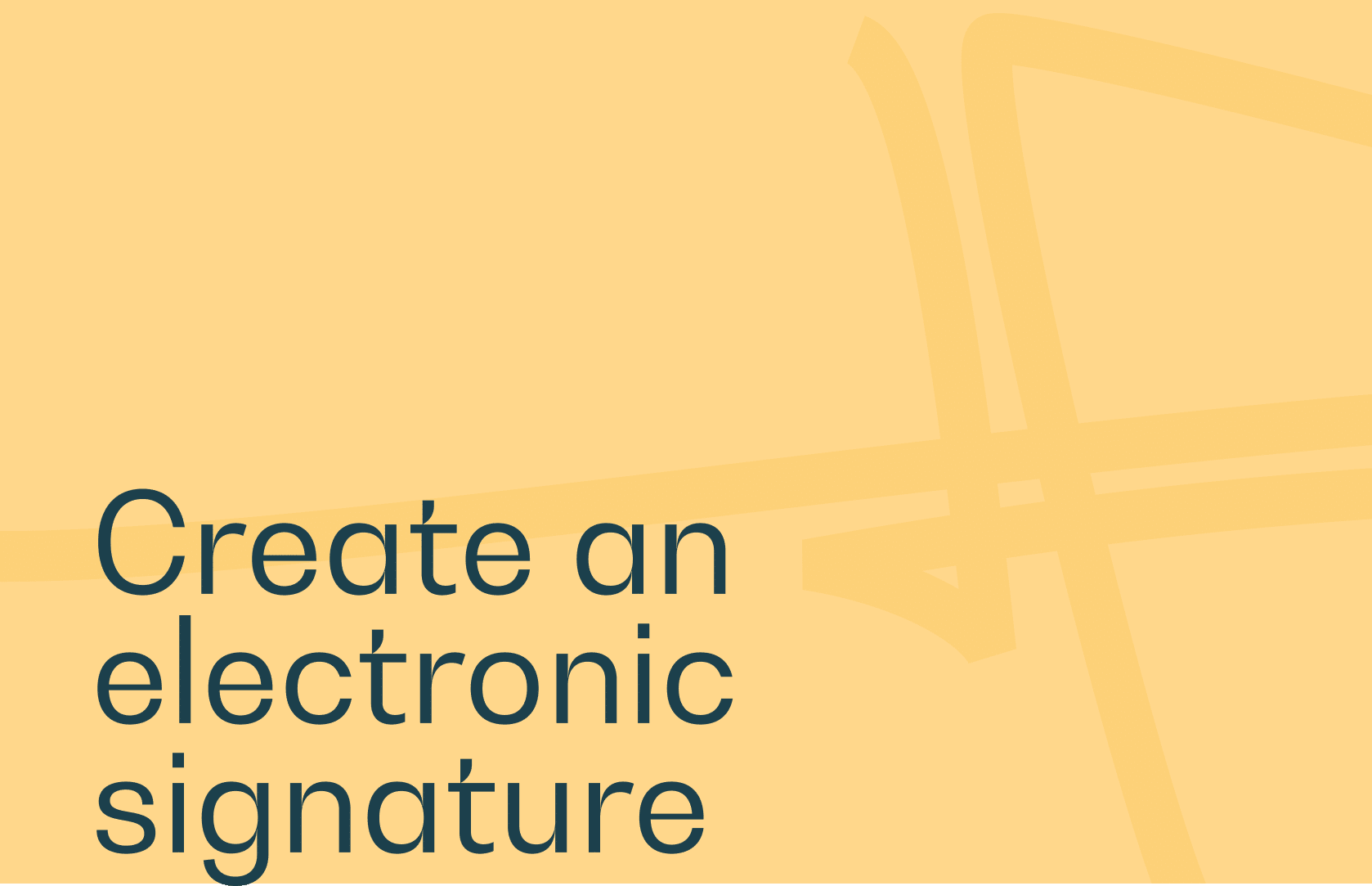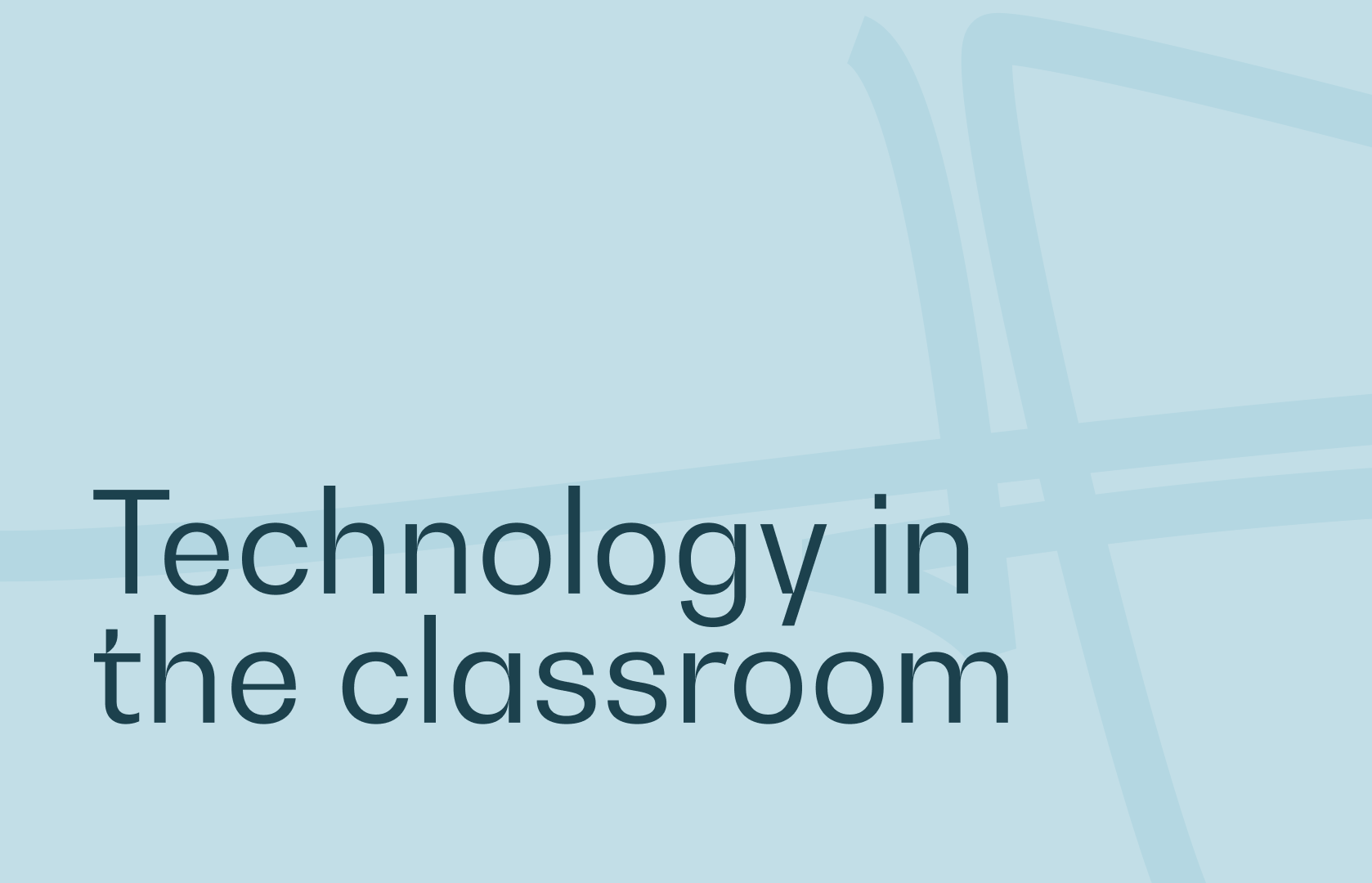Today, particularly in the wake of the worldwide coronavirus pandemic, more and more schools and specialized centers are opting for online training via virtual classrooms.
Virtual classes are an excellent way to study and continue learning when you can’t necessarily travel. However, trainers and teachers have a slight problem managing their classes, and in particular attendance. Indeed, remote management and monitoring of attendance and absence is much more difficult than face-to-face. Fortunately, we have the ideal solution for you.
What is a virtual classroom?
The virtual classroom is a very good alternative to face-to-face courses. It’s a teaching method that closely resembles face-to-face training, except that everything is done using a computer and an Internet connection.
Virtual classes are conducted via a videoconferencing system, with learners joining a session via a link sent by the trainer. During distance learning, students or trainees can participate via chat or audio. The trainer can share his or her screen at any time, in the same way as in a face–to–face session, whether it’s a presentation or a whiteboard.
Although the concept of distance learning has been around for many years, it wasn’t until the Covid-19 pandemic that it really caught on with the general public. It is becoming increasingly popular, and is even finding its way into higher education. Today, many universities offer blended learning courses (a mix of online and classroom training), while others offer distance learning only: these are known as digital universities.

How a virtual classroom works
Naturally, the organization of a virtual classroom is not the same as for a “physical” classroom. It must be set up in a professional manner to ensure that it runs smoothly.
It’s essential that the trainer knows how to animate a virtual class, and how to get the whole class to interact and participate. When the trainer is speaking, the participants turn off their microphones, but reactivate them when they have a question or comment to make.
Naturally, you’ll need a number of teaching aids to ensure that everything runs smoothly, including the ones we offer!
You’ll also need to think about how the assessment will be carried out, especially with a view to receiving certification. You can opt for a written quiz or an oral expression test to be carried out over video. Even the grandes écoles use this type of assessment, so you’ll simply have to find the pedagogical solution that suits you best. Putting what your students have learned into practice can be done through an internship, but all you need to do is set up a support system for the learners.
The difference between virtual classrooms and elearning
A virtual classroom and an e-learning course are not the same thing. An e-learning course is recorded in advance (like a MOOC), while a virtual classroom takes place in real time. In other words, virtual classroom training is the closest thing we have to a real classroom, and despite the flexibility of the timetable, there will still be horrors to respect.
Why opt for a virtual classroom?
Virtual training, whether 100% online or hybrid training known as blended-learning (classroom and online), has many advantages.
First of all, this type of training enables you to learn new skills without having to travel to class every day. Productivity is enhanced, and learning can take place flexibly and at the learner’s own pace. The training plan is meticulously studied, and you can limit your outlay.
In a virtual classroom, exchanges are richer and interaction is more important. In fact, the embarrassment of expressing oneself is eliminated, so integration is much easier and the interactivity of the class is greater. Paradoxically, online classes create a real sense of proximity between trainer and learners.
The main advantage of the virtual classroom is that there are no geographical barriers, so students and trainees can attend from anywhere in France.
During a virtual class, modules can be designed to maximize the success of the training and follow the pedagogical program. It’s even possible to set up quizzes to evaluate learners, especially if the training is leading to a diploma. In this way, distance follow-up is made easier.
What are the disadvantages of a virtual classroom?
The main disadvantage of a virtual classroom is that it’s quite difficult to manage attendance. At the start of the session, the trainer can ask the students to switch on the webcam to check attendance. However, this procedure is time–consuming and difficult to set up.
However, to help you cope with this and make administrative management easier, we offer you a number of solutions to facilitate the management of a virtual classroom, so you can devote more time to training.
Easy presence management with Edusign
To help you manage your distance learning, blended learning or even classroom classes, we offer a wide range of tools. This way, you’ll be able to limit fraud and create attendance sheets to send to the administration in just a few clicks.
We detail our remote monitoring methods for you to determine the presence of participants, and thus facilitate distance learning.
Signing by e-mail
This is the perfect method for online training and virtual courses. The teacher logs in via our platform and sends a signature e-mail to the students present. Each participant has to sign in, and the teacher can check attendance fairly quickly. This method is perfect for small groups.
The link or shared code
It works in the same way as the previous method, except that the teacher sends a link or code directly during the course, so learners don’t have to check their e-mail. Once learners click on the link, they can virtually sign in and confirm their attendance. The trainer can then consult the list of attendees, giving him or her easy access to learner follow-up.
Why choose Edusign for your virtual classroom?
Although virtual learning has many advantages, managing a virtual classroom is more complicated than a physical one. Particularly when it comes to late arrivals, absences and attendance in general. Indeed, managing remote attendance is no easy task. Here’s why you should opt for our solutions:
- Easy management: we offer solutions that enable you to manage your distance learning courses quickly and easily.
- Security: our systems are highly reliable and, above all, secure.
- Highly compatible: regardless of the platform you use for your training, you can opt for our solutions.
- Reduced delays: thanks to the various tools we offer, students and learners do their utmost to be on time for virtual classes.
- Real-time analysis tools: you’ll be able to access a range of data in real time, including the number of participants, the number of speakers, the number of absentees, etc.
- Support: if you run into any problems, we have a helpdesk available to you at any time.




